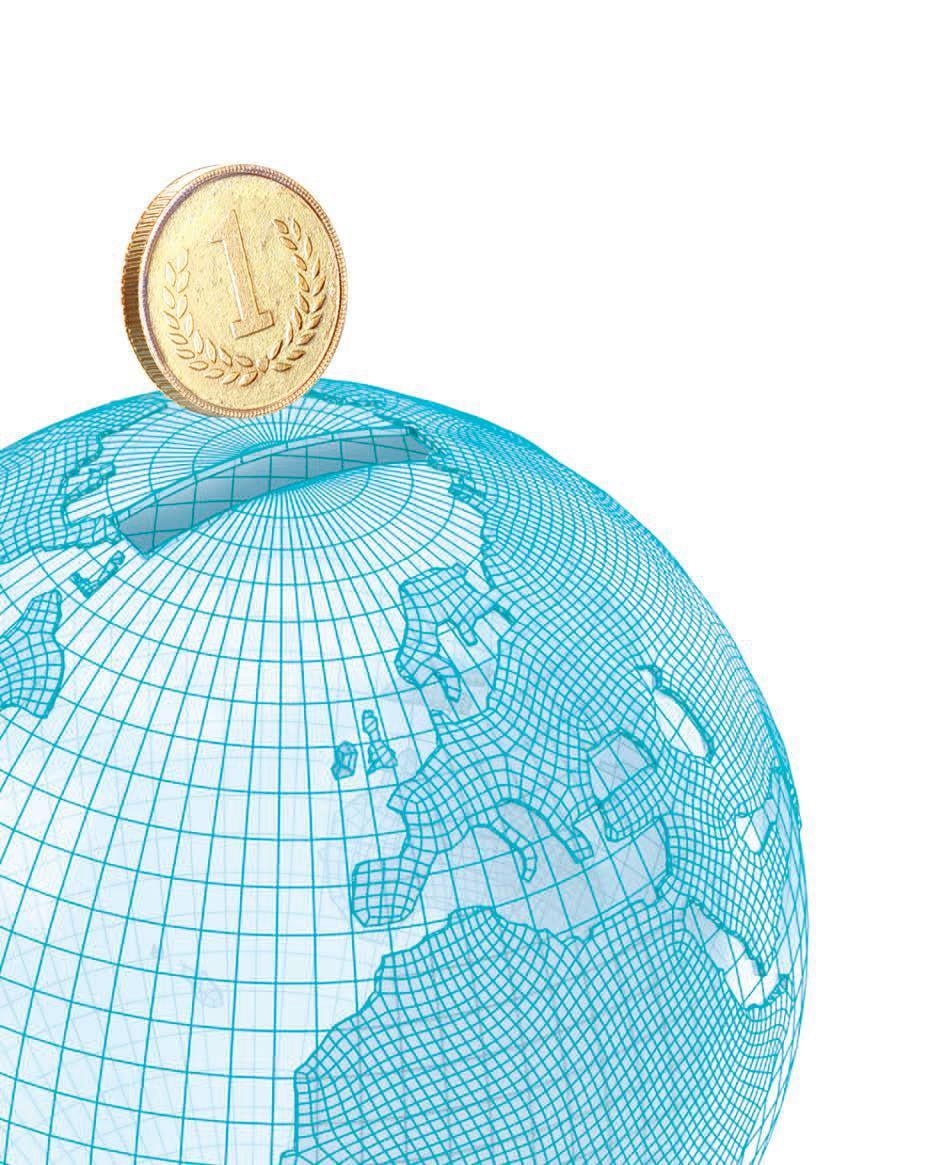TACKLING THE TAKE-MAKE-WASTE
ECONOMY
Keizersgracht, in the heart of Amsterdam. The bastion of old money, where four hundred years later the rich history of the Dutch East India Company still adorns the walls of centuries-old canalside houses. The canal belt is lined with glistening luxury sports cars, all parked along the too narrow streets like showpieces of the linear economy. And this is precisely where we meet Robert-Jan van Ogtrop, an advocate of the circular economy.
Interview with Robert-Jan van Ogtrop In a short space of time, the circular economy has become a household name, with many faces and labels. These include regenerative economy, donut economy and blue economy. But a word of warning: not everything referred to as circular economy is actually worthy of the name. Greenwashing is on the rise here, too, says Van Ogtrop. The circular economy according to Van Ogtrop is fully sustainable and linked to how our planet works. “We live on a planet defined by circularity – even the shape itself – with day and night, the four seasons, and so on. Before we lived on Earth, waste – in the sense of rubbish – didn’t exist. There is no waste in nature; nothing is discarded. Nature works so cleverly that everything which is used is reused.” Van Ogtrop stresses this point and not without reason. The almost nonchalantly expressed statement ‘waste doesn't exist’ goes to the very heart of his argument – this notion forms the foundation of the circular economy. In our modern times – in which consumerism reigns supreme and capitalism is groaning under the weight of its own excesses (such as climate change, smog in large cities, waste mountains and plastic soup) – his message is that waste doesn't exist. Not that there isn’t any rubbish, but that we shouldn’t see it as waste.
Planetary boundaries
Robert-Jan van Ogtrop Founder of Circle Economy Board Chairman of African Parks
62 | SI X.
We created the linear economy during the Industrial Revolution, says Van Ogtrop. “Fantastic things have happened since then, let that be clear. But if you create a linear economy on a planet that works in a circular way, sooner or later you reach your own boundaries. We’ve all created the take-make-waste economy, constantly extracting raw materials from the ground. We feed them into a linear growth model, acting as though they are an endless resource – which, by definition, is not the case. And now we’re seeing that in the coming decades, a number of vital resources will be depleted if we continue as we are. What is more, owing in part to the growth of the global population, the linear economy is now creating gigantic mountains of trash, which we are almost literally choking on. We’re reaching all the planetary boundaries.”
S I X. | 63
BUILDING A FUTURE














